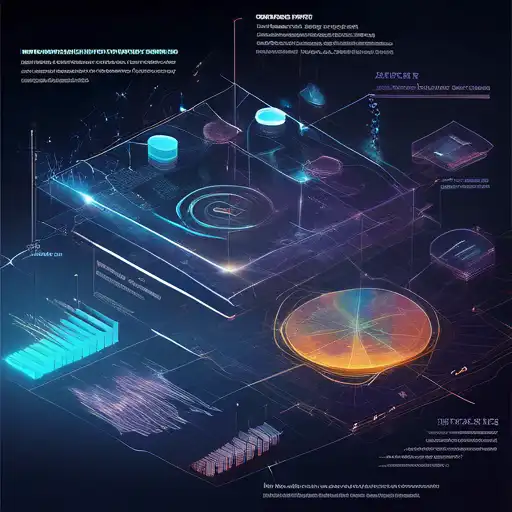Introduction to Data Visualization
In the era of big data, the ability to visualize complex datasets in an understandable and actionable manner is invaluable. Data visualization techniques transform raw data into visual contexts, such as charts, graphs, and maps, making the data more accessible and easier to interpret. This article explores the most effective data visualization techniques that can help you unlock deeper insights from your data.
Why Data Visualization Matters
Data visualization is not just about making data look pretty; it's about making data work for you. By presenting data visually, you can identify trends, patterns, and outliers that might go unnoticed in text-based data. This can lead to better decision-making and more strategic business moves.
Key Data Visualization Techniques
1. Bar Charts and Column Charts
Bar and column charts are among the most common and straightforward visualization techniques. They are ideal for comparing quantities across different categories. For instance, a bar chart can effectively show sales performance across different regions.
2. Line Graphs
Line graphs are perfect for displaying data trends over time. They can help you track changes and predict future trends based on historical data. For example, a line graph could illustrate the growth of website traffic over several months.
3. Pie Charts
Pie charts are useful for showing proportions and percentages. They can give a quick snapshot of how different parts make up a whole, such as market share distribution among competitors.
4. Scatter Plots
Scatter plots are excellent for identifying correlations between two variables. They can reveal the strength and direction of a relationship, helping you to understand how changes in one variable might affect another.
5. Heat Maps
Heat maps use color coding to represent data values, making them great for visualizing complex data sets like user activity on a website or performance metrics across different teams.
Advanced Data Visualization Techniques
For those looking to take their data visualization to the next level, techniques like interactive dashboards, geospatial mapping, and network diagrams offer more sophisticated ways to explore and present data. These methods can provide even deeper insights and a more engaging experience for the audience.
Best Practices for Effective Data Visualization
To maximize the impact of your data visualizations, keep these best practices in mind:
- Choose the right type of visualization for your data and audience.
- Keep it simple and avoid clutter that can distract from the key message.
- Use color and contrast effectively to highlight important information.
- Ensure your visualizations are accessible to all users, including those with color vision deficiencies.
Conclusion
Data visualization is a powerful tool for transforming complex datasets into clear, actionable insights. By mastering these techniques, you can enhance your ability to communicate data findings and make informed decisions. Whether you're a business analyst, marketer, or data scientist, effective data visualization can help you tell a compelling story with your data.
For more insights into data analysis and business intelligence, explore our business intelligence section.
